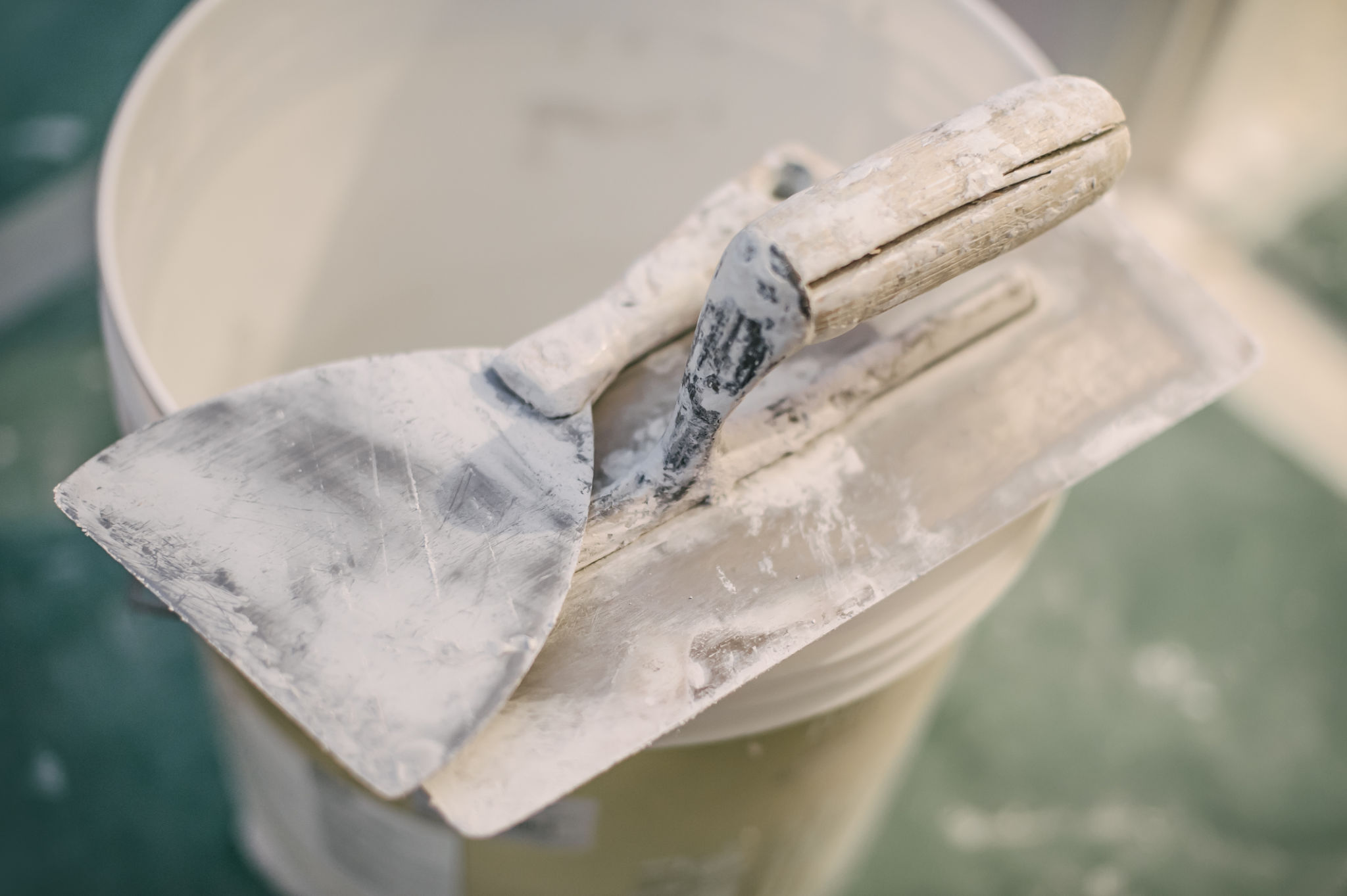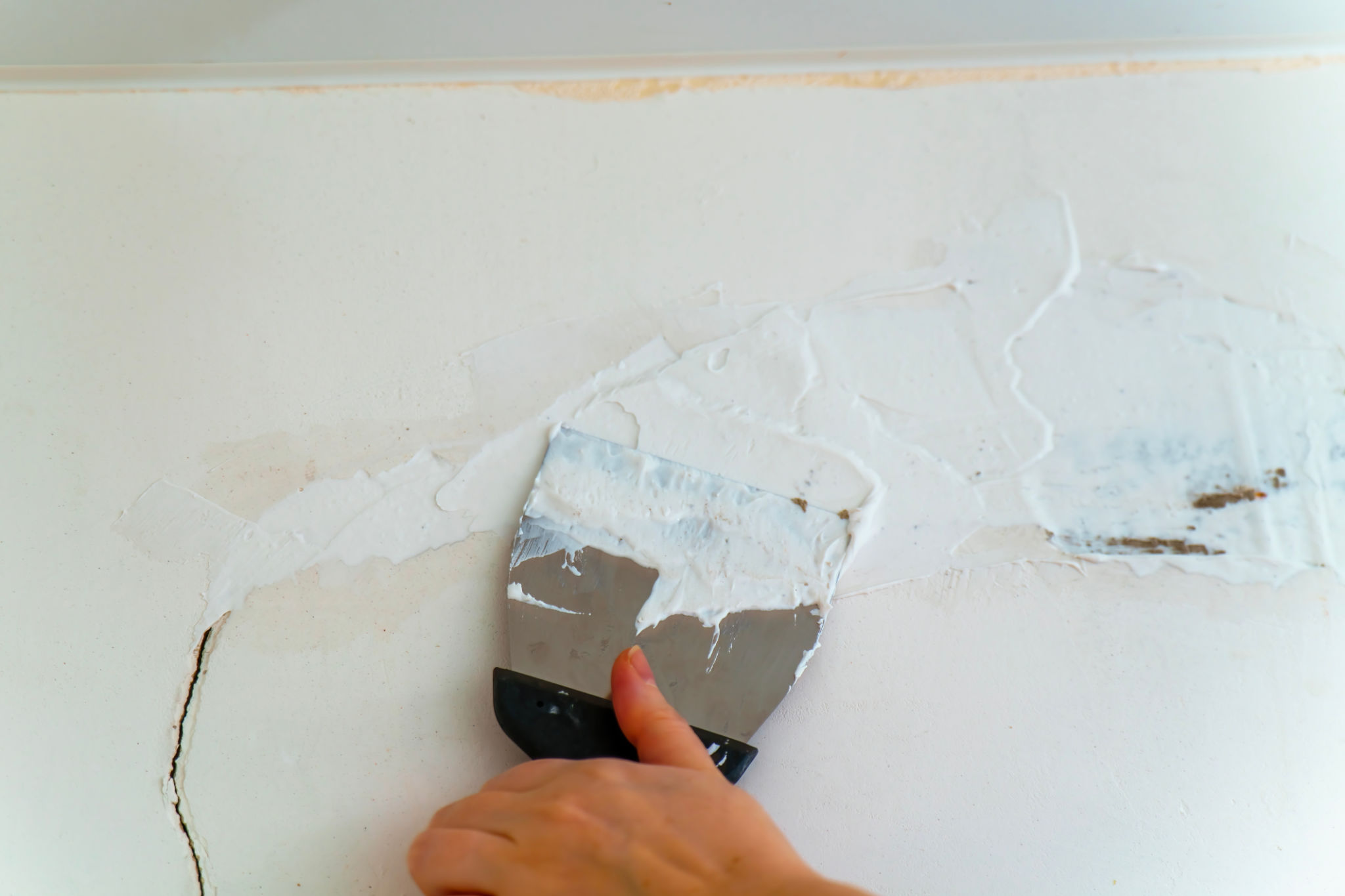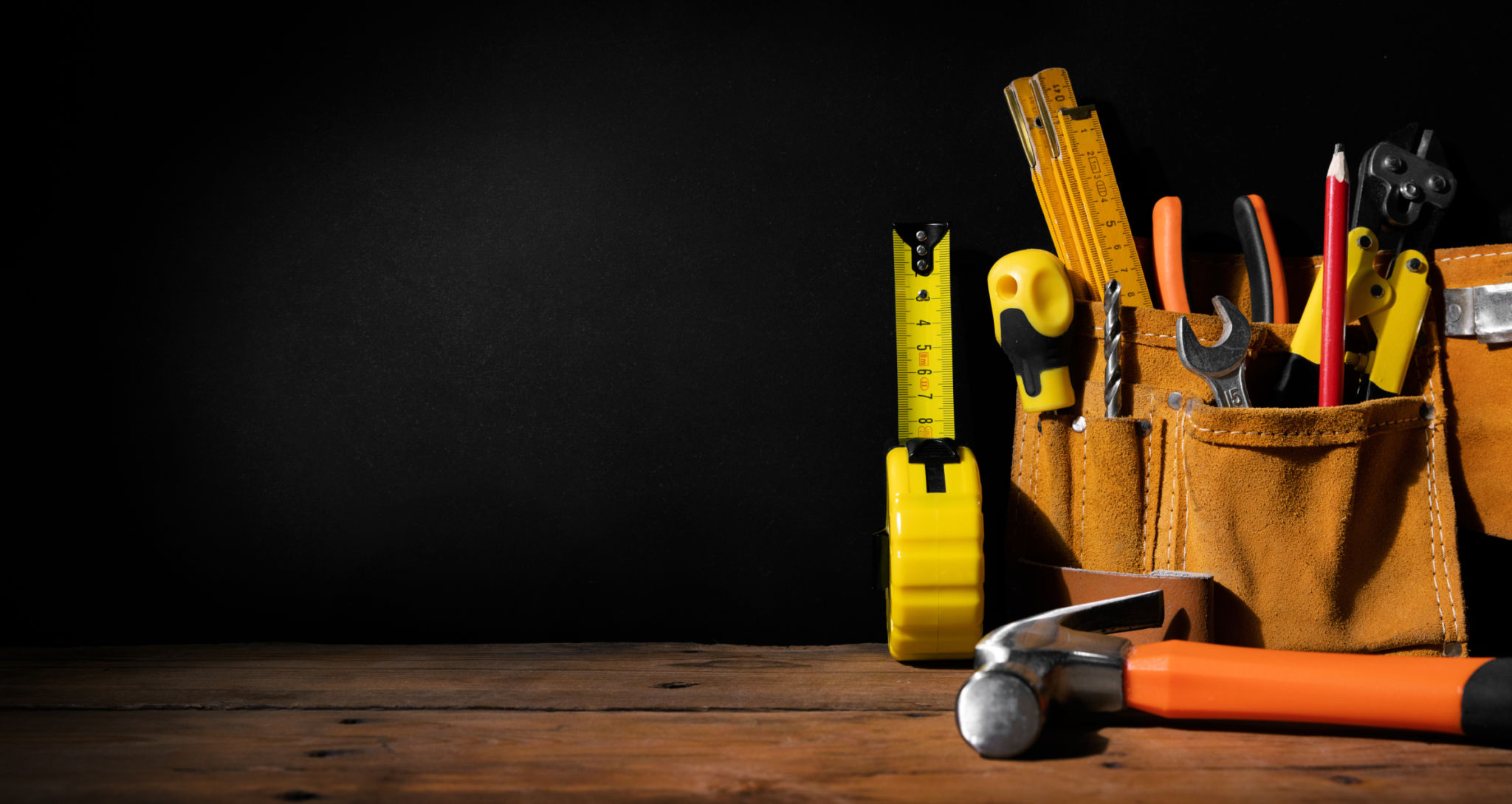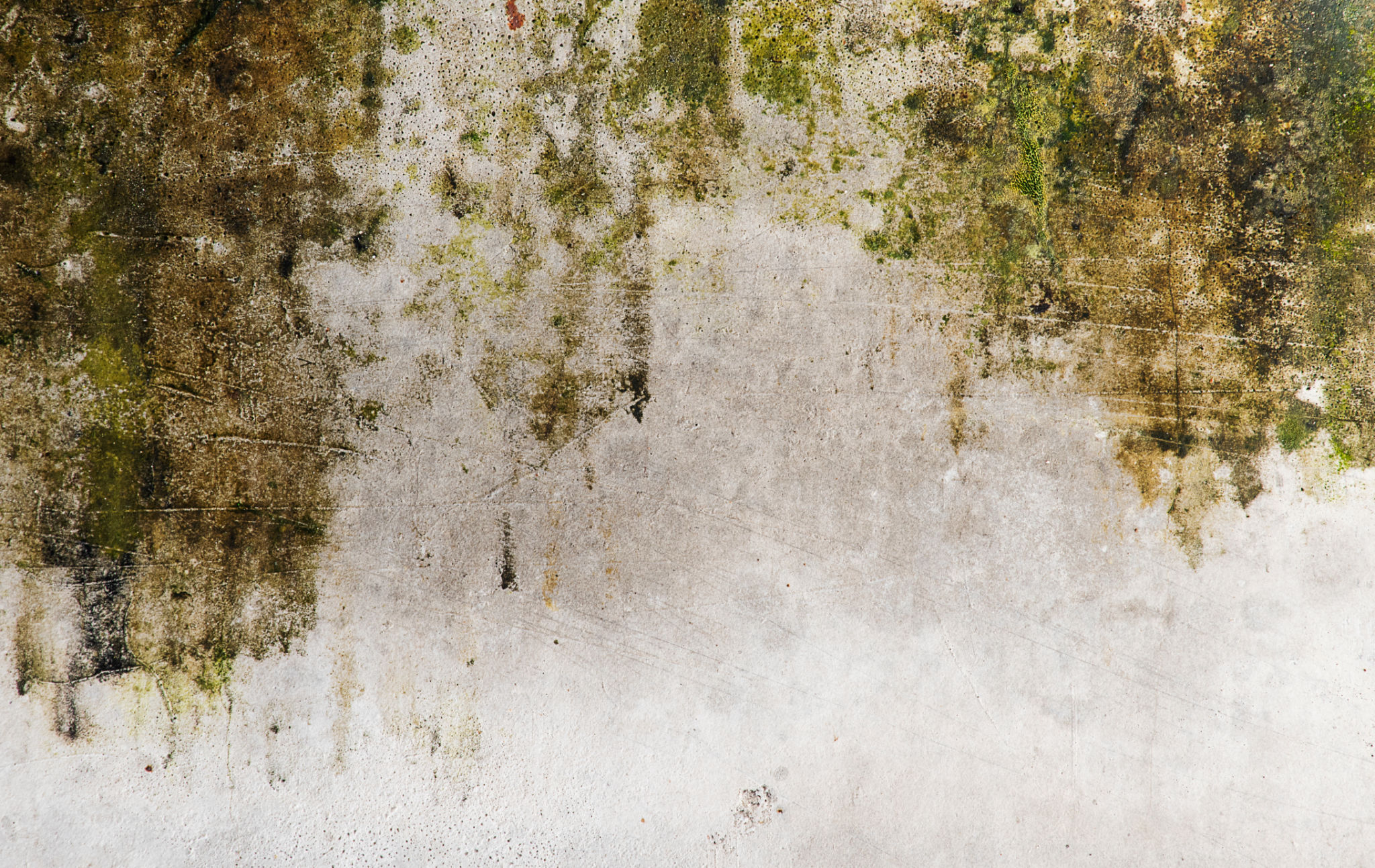Essential Drywall and Plaster Repair Tips for Ottawa Homes
Understanding the Basics of Drywall and Plaster Repair
Maintaining the integrity of your home’s walls is essential for both aesthetics and structural reasons. In Ottawa, where the climate can be quite variable, drywall and plaster can suffer from cracks, dents, and water damage. Understanding the basics of drywall and plaster repair can help you effectively manage these common issues.
Both drywall and plaster are popular choices for interior walls, but they require different approaches to repair. Drywall is made from gypsum panels sandwiched between two sheets of paper. It's easier to install and repair compared to traditional plaster, which consists of a mixture of lime or gypsum, sand, and water applied over a lath framework.

Identifying Common Problems
Cracks, holes, and water stains are among the most common issues faced by homeowners in Ottawa. These problems can occur due to settling foundations, moisture intrusion, or simply wear and tear over time. Recognizing these issues early is crucial to prevent further damage.
Cracks in plaster or drywall are often caused by the natural settling of a home. Small cracks can be filled with joint compound or plaster patch, while larger ones might require mesh tape for reinforcement.

Essential Tools for Repair
Having the right tools can make a significant difference in the quality of your repair work. Essential tools for drywall and plaster repair include:
- Putty knife: Ideal for spreading plaster or joint compound.
- Mud pan: Helps in mixing and holding joint compound.
- Sanding block: Used to smooth out the surface after applying compound.
- Taping knife: Perfect for applying wide swaths of compound over seams.

Step-by-Step Repair Process
The repair process for drywall and plaster varies slightly, but the basic steps remain similar:
- Clean the area: Remove any loose material and dust from the surface.
- Patch the damage: For small holes and cracks, apply joint compound or plaster patch. For larger areas, use a backing mesh before applying the compound.
- Sand the surface: After the patch has dried, sand it until smooth.
- Prime and paint: Apply primer to ensure uniform paint absorption, then repaint the repaired area to match the rest of the wall.
Dealing with Water Damage
Water damage is a common issue in Ottawa homes due to seasonal changes and humidity. When dealing with water-damaged walls, it's important first to identify and fix the source of moisture. Once addressed, remove any damaged material and allow the area to dry thoroughly before proceeding with repairs.

When to Call a Professional
While many repairs can be tackled as DIY projects, there are situations where calling a professional might be necessary. If you encounter extensive damage, structural issues, or persistent moisture problems, it's best to consult a professional who can provide a more comprehensive solution.
By understanding these essential drywall and plaster repair tips, Ottawa homeowners can maintain their homes' appearance and integrity effectively. Regular maintenance and timely repairs can significantly extend the life of your walls and prevent more costly issues in the future.